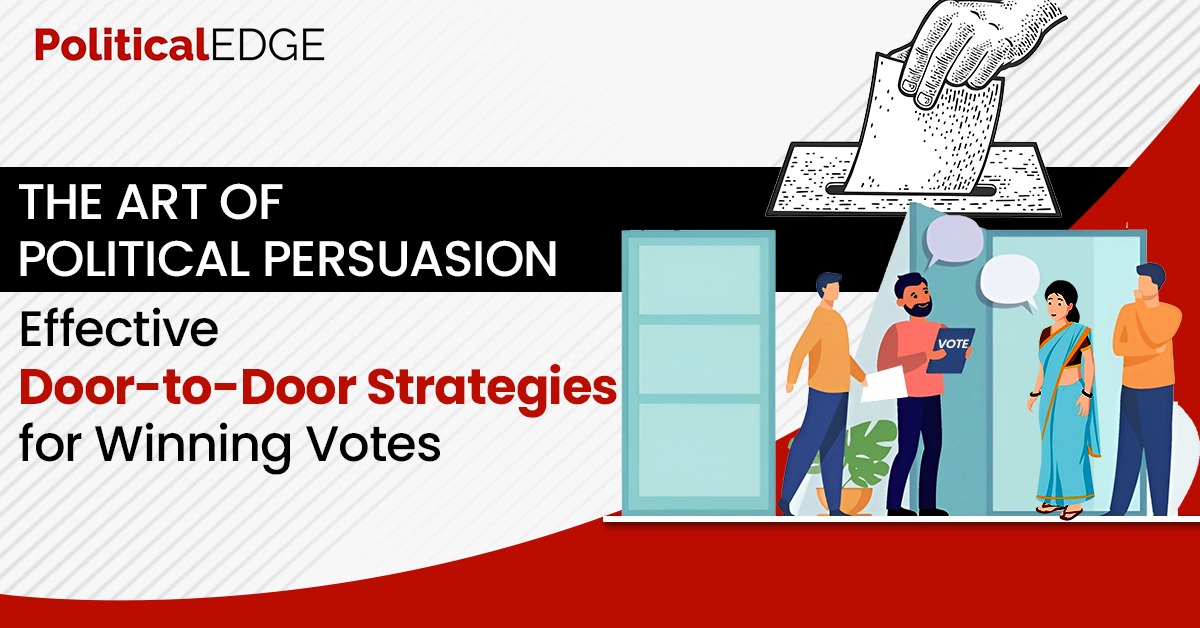
Remember the Pareto principle? The famous 80-20 rule, remember that 80% of your work should go into implementation and only 20% should go into strategy for a successful political campaign. Plan that 20% approach from the outset to make sure you’re headed in the right direction. You’ll position yourself for success and make a path forward by doing this.
How to Launch Your Campaign to Win Votes?
To put it simply, the sooner you begin your campaign, the better. The most successful politicians are always managing their dispersed organizing efforts by establishing connections, determining their position for the next campaign based on information they receive, and so forth. On the other hand, if we are discussing your impending election, we should begin putting together your team and developing your campaign plan as soon as it is permitted. A longer lead time will help all of your campaign’s components, including donations, the amount of people on your campaign team, voters you’ve contacted, etc.
Effective Strategies for Winning Votes
Know Your Audience:
Understanding the demographics, concerns, and priorities of the constituents in the area you’re canvassing is crucial. Conducting thorough research on the neighborhood’s socioeconomic status, political affiliations, and recent issues can provide valuable insights that inform your messaging and approach.
Craft a Compelling Message:
Your message should resonate with the concerns and aspirations of the community. It should be clear, concise, and tailored to address local issues. Highlighting your candidate’s platform, accomplishments, and commitment to addressing constituents’ needs is essential for garnering support.
Build Trust and Rapport:
Building trust begins with genuine engagement. Approach voters with empathy, active listening, and a willingness to address their concerns. Establishing a personal connection fosters rapport and makes voters more receptive to your message.
Emphasize Personal Stories and Testimonials:
Humanizing your candidate through personal stanzas, stories, and testimonials can be incredibly persuasive. Share stories that illustrate your candidate’s character, values, and dedication to serving the community. Authenticity resonates with voters and reinforces their trust in your candidate.
Address Concerns and Objections:
Acknowledge and address concerns or objections raised by voters respectfully and informatively. Be prepared to discuss your candidate’s stance on contentious issues and provide evidence to support your arguments. Transparency and honesty are key to building credibility and persuading undecided voters.
Provide Information and Resources:
Equip voters with the information they need to make informed decisions. Distribute campaign literature, flyers, and pamphlets outlining your candidate’s platform, policies, and vision for the community. Offer resources for voter registration, absentee ballots, and polling locations to facilitate civic engagement.
Follow Up and Follow Through:
Follow up with voters after your initial interaction to reinforce your candidate’s message and express gratitude for their time and consideration. Maintain open lines of communication through phone calls, emails, or community events to continue building relationships and addressing any lingering questions or concerns.
Utilize Technology and Data Analytics:
Leverage technology and data analytics to optimize your canvassing efforts. Utilize voter databases, mapping software, and predictive analytics to identify high-priority areas, target specific demographics, and track voter sentiment. Harnessing the power of data enables you to strategize effectively and maximize your impact on election day.
Train and Empower Your Volunteers:
Empower your volunteers with comprehensive training and resources to effectively engage with voters. Provide guidance on effective communication techniques, active listening skills, and handling challenging situations. Encourage teamwork, collaboration, and a positive attitude to foster a supportive canvassing environment.
Measure and Adapt:
Evaluate the effectiveness of your door-to-door efforts by tracking key metrics such as voter turnout, engagement levels, and sentiment analysis. Analyze feedback from voters and volunteers to identify areas for improvement and refine your strategies accordingly. Adaptability is essential in navigating the dynamic landscape of political persuasion.
Conclusion
In summary, going door-to-door is still a powerful way to persuade people in politics. If you know who you’re talking to, make your messages interesting, build trust, and use technology well, you can get more votes in elections. Just keep in mind that convincing people is about connecting with them, understanding their feelings, and standing up for what’s best for the community. Keep trying and caring, and you’ll make a difference!

